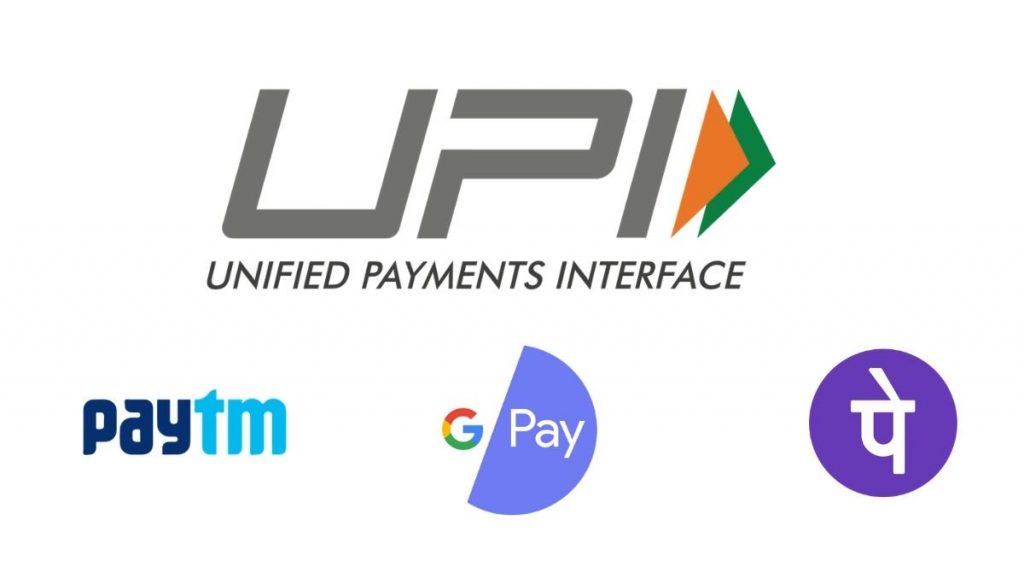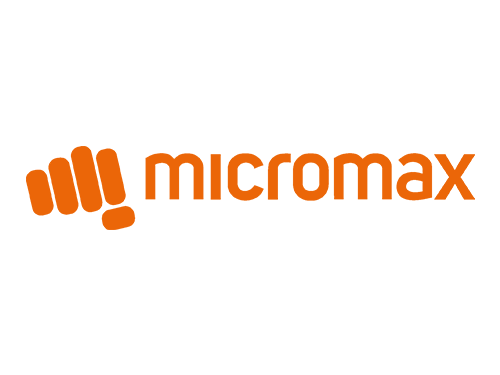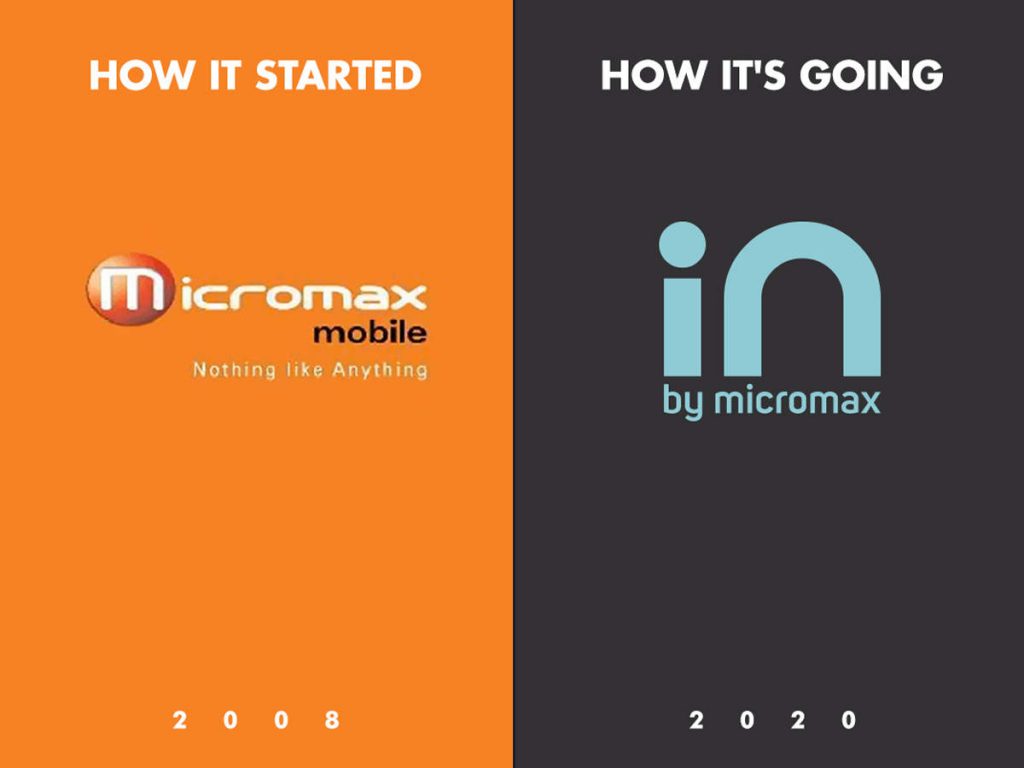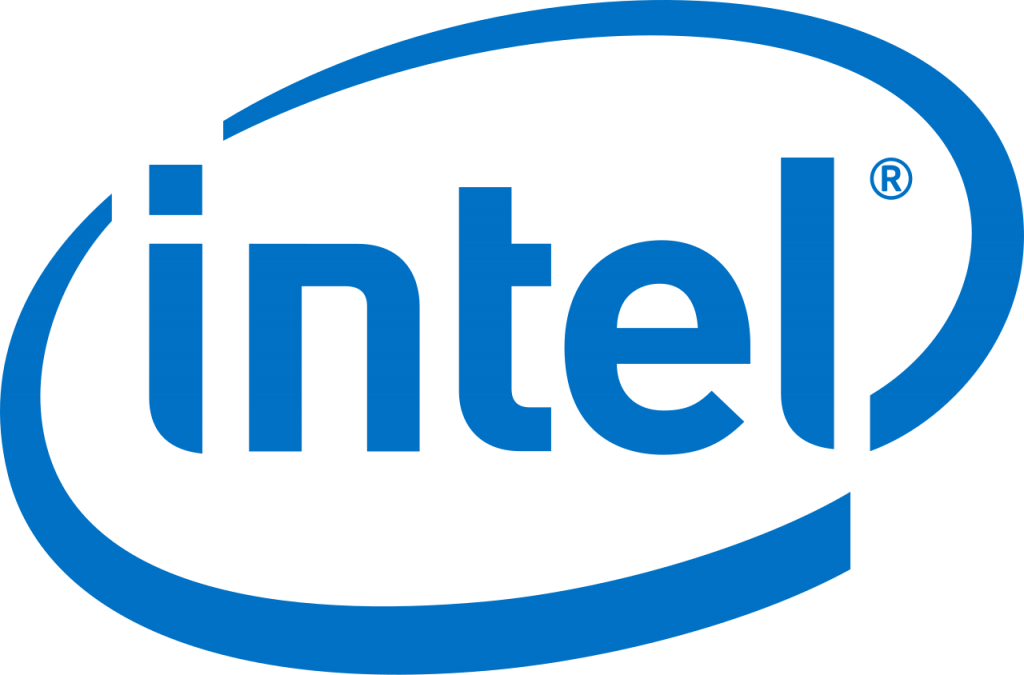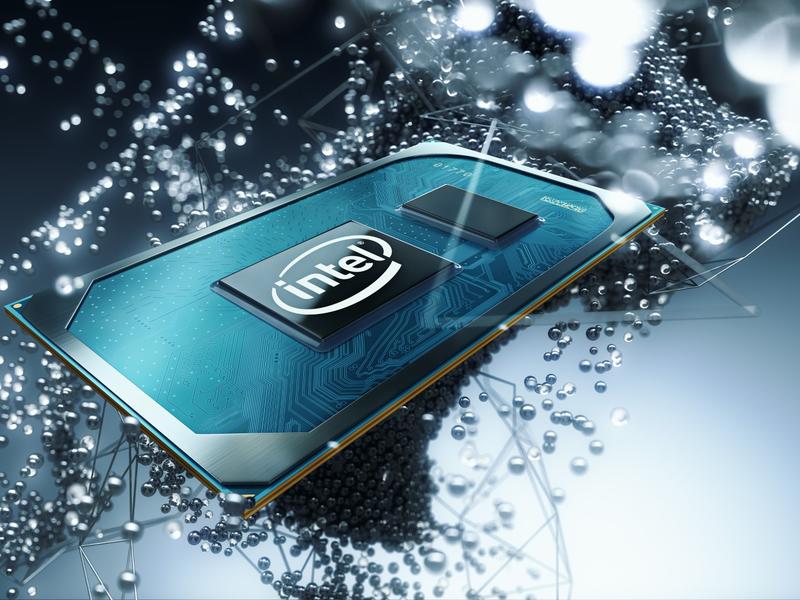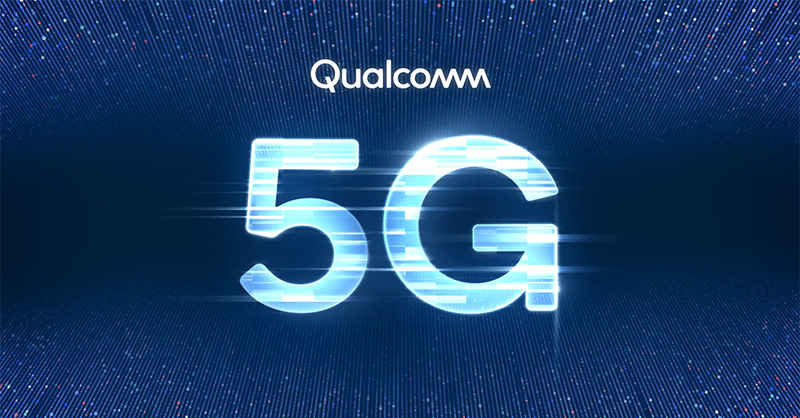Apple Major Announcements from One More Thing Event
Apple hosted its One More Thing event yesterday. This was the tech giant’s third event in the last three months, with several major announcements coming out yesterday. Apple has kept itself busy throughout the pandemic, focusing on research and development. All that hard work seems to have paid off as the One More Thing event announced certain new releases for the company. In this article, we will take an in-depth look at the event and the major announcement made by the American giant.
Apple Move to Better Chips
The One More Thing event’s most significant announcement came in the way they detailed in what manner Apple would be shifting the new Macs to better chips. The new chips, built and designed by Apple will power the new Mac Mini, MacBook Pro, and MacBook Air. While Apple has been mass-producing its chips for the iPad, iPhone, and Watches, they relied on third-party suppliers for the other devices. Rather than rely on Intel processors, Apple has switched to its ARM-based processors to power all their new Macs.
However, the company seems to be shifting that concept by using their chips for their bigger devices as well. Apple promises better performance, higher efficiency, and improved power efficiency with its new chips. The first Mac chip named M1 will have the following specifications;
Runs on an 8-core CPU with four focusing on high-performance and the four on high efficiency
- A GPU with up to eight cores
- Uses around 16 billion transistors
- Comes built-in with Apple’s Secure Enclave system in
- Supports both the Thunderbolt and USB 4 system
iOS Applications to run on Mac
As mentioned at the WWDC conference held in June, the iOS applications will now run on Mac devices. In June, Apple announced that several new applications will now run on both iOS and Mac. Apple held true to their word, and the One More Thing event showcased the HBO Max and Among Us apps running on both iOS and macOS.
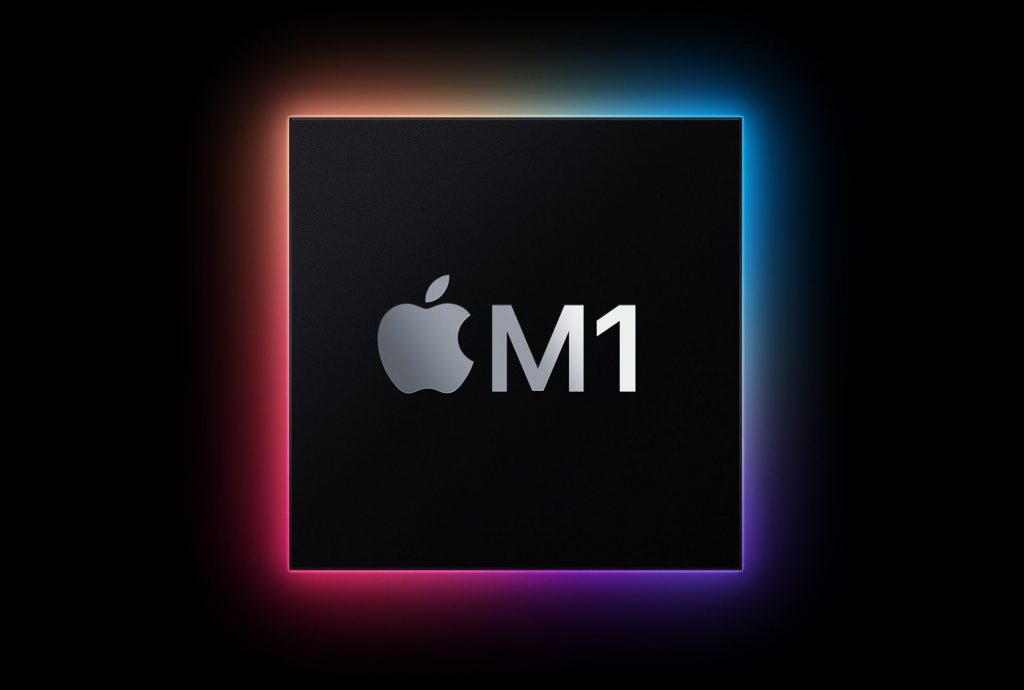
New MacBook Air Announced
Apple also announced a new MacBook Air which will run on Apple’s self-designed M1 chip. The new device, much to the surprise of fans and experts, will run fanless. Apple claimed that the latest device was around 3.5 times faster than its predecessor. Furthermore, the absence of fans for cooling will help make the new MacBook Air a lot quieter than the previous generation. Announcers claimed that the device would run for up to 15 hours on a single charge while using the internet, and for 18 hours if only watching videos. The MacBook Air features a 13.3-inch display and supports an SSD of up to 2 TB. The device will also support Wi-Fi 6, Thunderbolt connectivity, and USB 4 systems. Apple announced that the new device would cost $999 for regular customers, and $899 for educational users.
Apple Announces New Mac Mini
The Mac Mini will also feature the new M1 chip and will go for sale at $699. When considered with older models, the new Mac Mini has been priced $100 less, with experts believing this will help boost sales considerably. The device will support an SSD with up to 2TB capacity and comes with 16GB worth memory. When it comes to connectivity, the device has two USB-A and USB-C ports. The USB-C ports support both Thunderbolt and USB 4 connectivity. The Mac Mini also features a 3.5mm headphone jack, along with space for HDMI 2.0 and Gigabit Ethernet cables.
New MacBook Pro
The new M1 chips will help the MacBook Pro last for up to 17 hours claims Apple. Furthermore, the device will last for up to 20 when used only for video playback. Similar to the MacBook Air, the Pro too features a 13.3-inch display and offers support to SSD’s with up to 2TB storage. The device has 16GB worth of memory and supports both Thunderbolt and USB 4 for connectivity. Additionally, it also features the TouchID, supports Wi-Fi 6, and has a TouchBar. The device will go on sale for $1,299 for regular customers and $1,199 for educational users.
Big Sur arriving soon
Another major announcement that Apple made concerned the new macOS update. Apple announced Version 11.0, named the Big Sur back in June during the WWDC event. The One More Thing event finally named a release date for the update, by informing excited fans that it will drop on November 12th. We will have to wait and see what new changes the update brings, but it is safe to say that fans are excited regarding all the new announcements.

Being a cinephile with a love for all things outdoorsy, Athulya never misses a chance to chase inspiring stories or poke fun at things, even when the subject is herself. Currently pursuing a degree in mechanical engineering, she is someone innately interested in technical and scientific research. Music reviews and op-eds define her as they allow her to explore different perspectives. Though sometimes she thinks she makes more sense playing the guitar than she does while writing.
